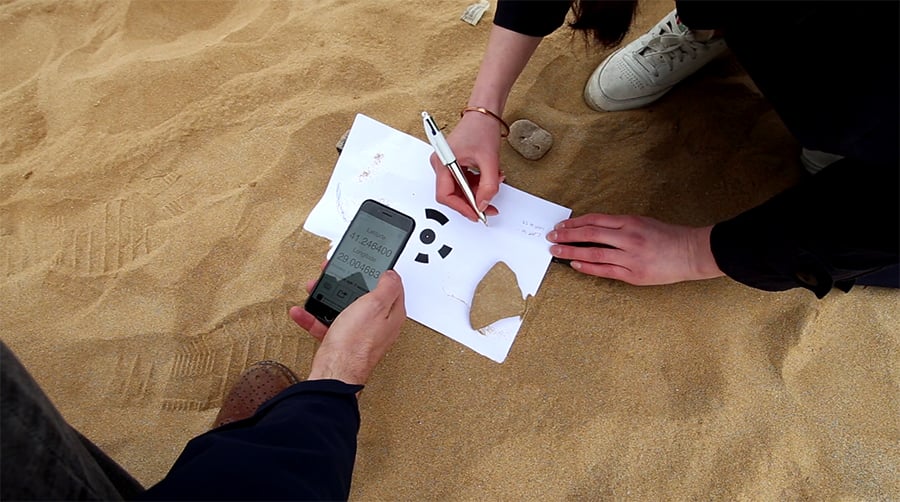
August 30, 2018
This Time, the London Design Biennale Promises to Get Emotional
Themed “Emotional States,” the nearly three-week biennale will bring together 40 territories and institutions, asking them to consider how design intersects with the emotional.

The first London Design Biennale took place in 2016 soon after Britain voted to leave the European Union. This September the second iteration will launch as the country hurtles toward Brexit, its still-uncertain political future stirring a range of emotions within the U.K. and abroad. It’s fitting, then, that the theme for this year’s event is “Emotional States.”
The nearly three-week biennale will bring together 40 territories and institutions, asking them to consider how design intersects with the emotional. “Design is very attuned to emotions because it’s trying to make people feel emotionally connected to objects,” says biennale artistic director Christopher Turner, who heads the Victoria & Albert Museum’s department of design, architecture, and digital. “I chose the theme to encourage people to create visceral and immersive installations that affect people on a bodily level, as well as looking at serious global issues that’ve got people’s blood boiling.”

The country pavilions in particular will bear out these aims. Somalia, for example, will present a digital map that depicts the war-torn capital Mogadishu in the past, the present, and possible futures; Norway will show how design is making public institutions more inclusive, with an interactive installation that depicts such innovations as the use of robots in classrooms; the U.S. pavilion will critically examine facial recognition technology; and the British entry, by 2018 Turner Prize nominee Forensic Architecture, will introduce a tool kit to help citizen activists investigate acts of genocide.
By bringing together countries with both established and nascent design scenes, the biennale hopes to nurture a richer discourse surrounding timely political issues. “Sometimes when you go to these big design events, they seem to be addressing themselves,” Turner explains. “Here, you’ve got countries that are outside of the central focus of design, so you get a much broader, more interesting conversation.”
You may also enjoy “












